Untold Vehicles of the Future
While the use of Zero-emission vehicles is burgeoning, it is often only battery-powered vehicles through electric motors which are given attention, due to electricity being a cheap and widely available commodity. However, there exist numerous other fuel alternatives which are as effective if not more, but often lack the current infrastructure to be effective in implementation.
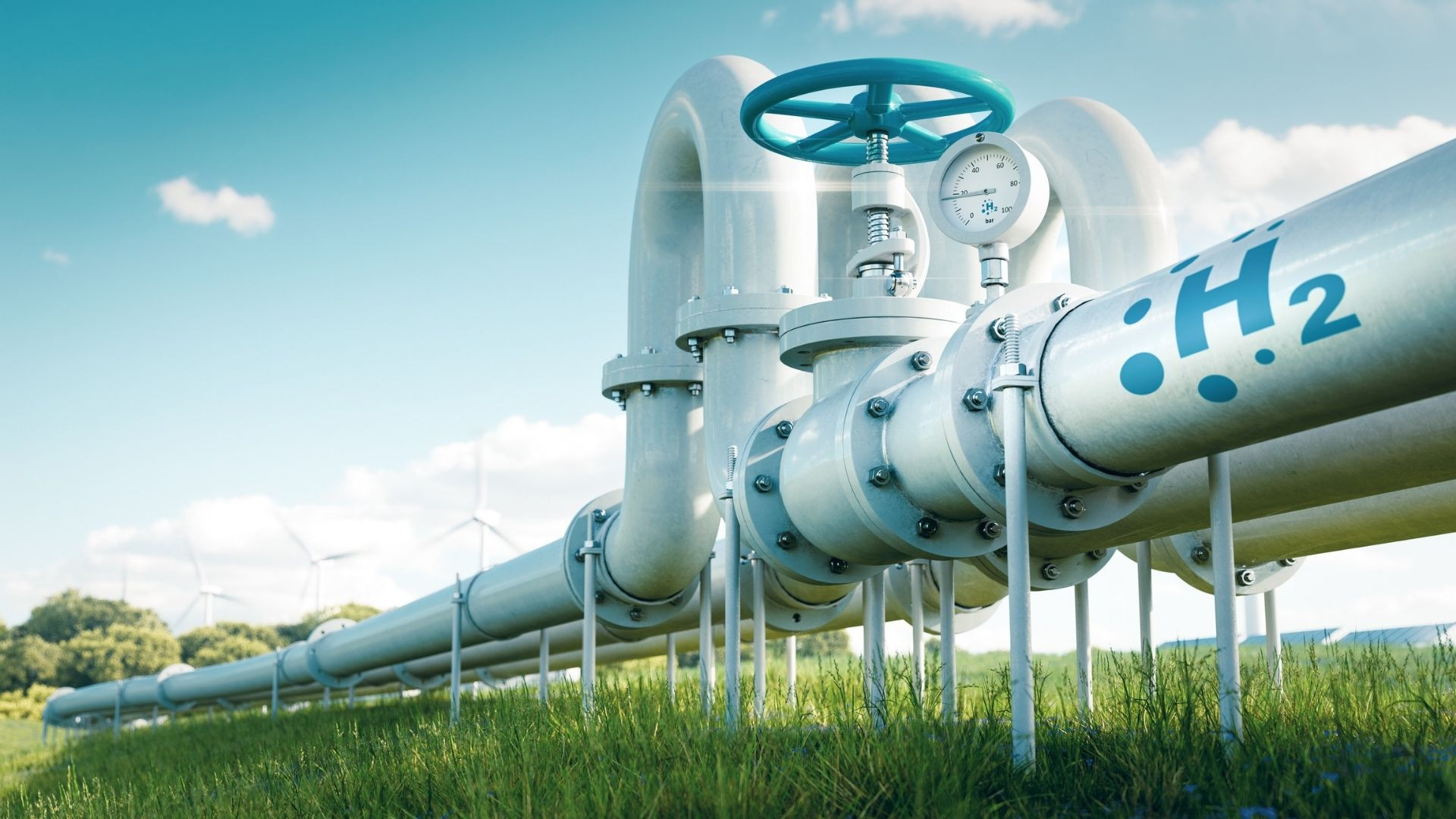
Source, Interestingengineering [1]
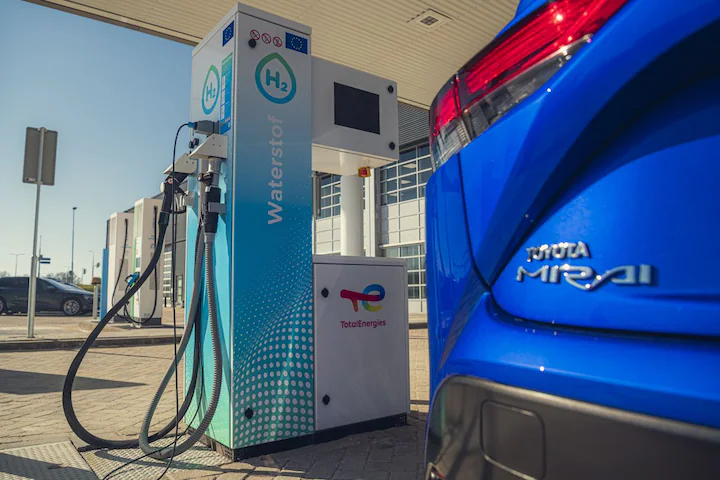
Source, techzie [5]
Hydrogen – The Fuel Of The Future
Hydrogen is an extremely attractive fuel source given its high energy density of around 142 MJ/kg, far higher than petroleum which is only 46 MJ/kg [2]. When implemented in fuel cells in vehicles, the hydrogen gas is used to spin a motor, with the reactive products being water and heat, meaning it is a primary fuel source producing zero emissions.
The Toyota Mirai is a commercially available hydrogen fuel cell vehicle. The vehicle itself has proved impressive, but the novel technology has provided numerous difficulties in its implementation. Firstly, abnormal output voltages from the fuel cells was risking explosions, leading to a large number of units being recalled [3]. Beyond this, in the UK there are only seven existing charging points, with none in Wales or Northern Ireland, severely limiting the potential of the vehicles [4]. Alternative fuel sources such as hydrogen tend to be severely limited by infrastructure, and the costs of development.
Hydrogen Over The Water
Another notable hydrogen powered vehicle are the ‘Chase Zero’ coach vessels used in the 37th America’s Cup sailing competition. Hydrogen powered and fitted with hydrofoils, the vessel could cruise at 35 knots, with a top speed of 50 knots [6].
In partnership with toyota, a pair of 80kW hydrogen fuel cells were implemented in order to heavily reduce emissions, given prior chase vessels used Yamaha V6 engines [7]. As well as this, the inclusion of hydrofoils resulted in significantly reduced hydrodynamic drag at high speeds, making the vessel more fuel efficient, meaning it could operate at high speeds for the target ranges of over 100 miles.
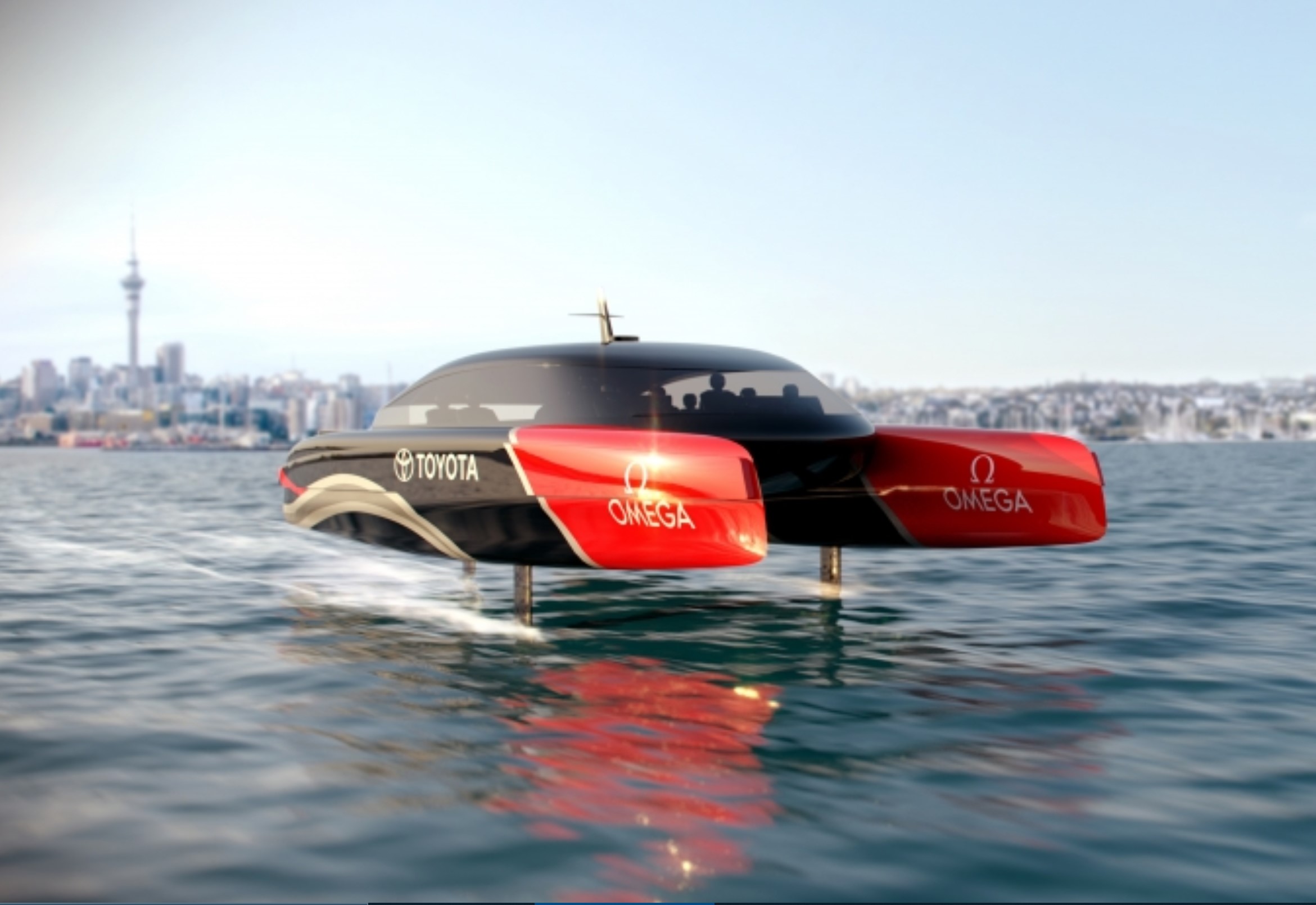
Source, panbo [8]
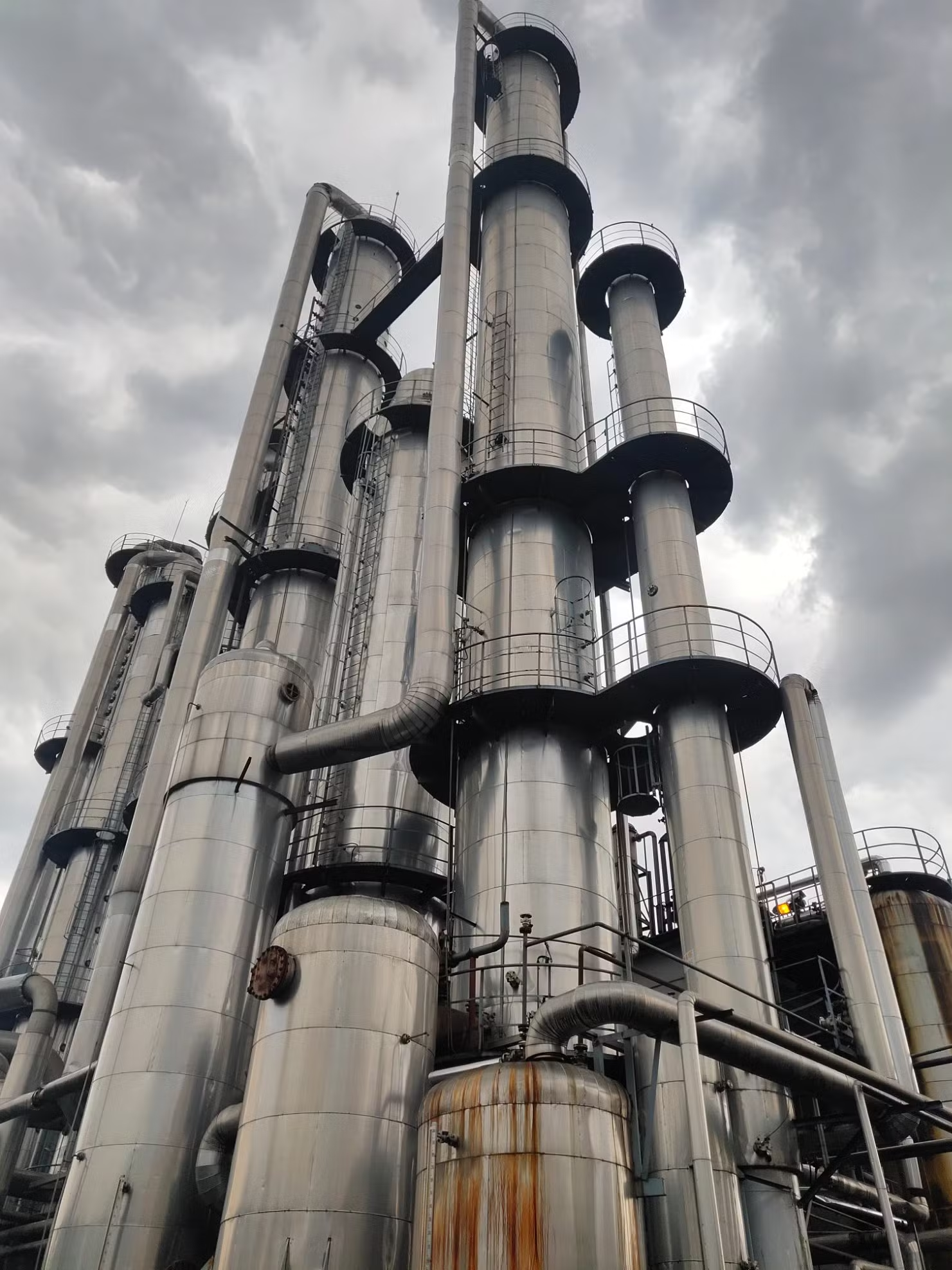
Source, jintagroup [9]
Ethanol – Plant-Based Power
Another type of vehicle running on alternative fuels is known as a flexible fuel vehicle (FFV). These are combustion engines designed to run on a multitude of fuels, typically a mix of petrol and an ethanol or methanol fuel mix, though many ethanol-based FFVs can run on an 85% ethanol blend (E85) [10]. Ethanol is a renewable source due to its ability to be acquired through plant-based biomass, and it also releases significantly less carbon-dioxide equivalent emissions as it is a ‘cleaner’ fuel than petrol, releasing only carbon dioxide and water from its combustion.
In Brazil, there is ethanol fuel readily available across the country, meaning the use of flexible fuel vehicles is far more commonplace; In 2022 Brazil produced 28% of global ethanol [11]. All light vehicles in the country use a mandatory minimum E25 blend, with the sale of pure gasoline prohibited [12]. In the UK, there exists only 20 filling stations selling high ethanol blends (E85), demonstrating the UK remains at a disadvantage when it comes to infrastructure and implementing alternative fuel vehicles [13].
The Way Forward?
While electric vehicles remain the most popular ‘green’ transportation method, other fuel alternatives exist and are growing in popularity, and in many cases exist without the severe environmental and ethical issues of EV batteries. However, their popularity is undermined by a lack of development and infrastructure, especially in the UK.
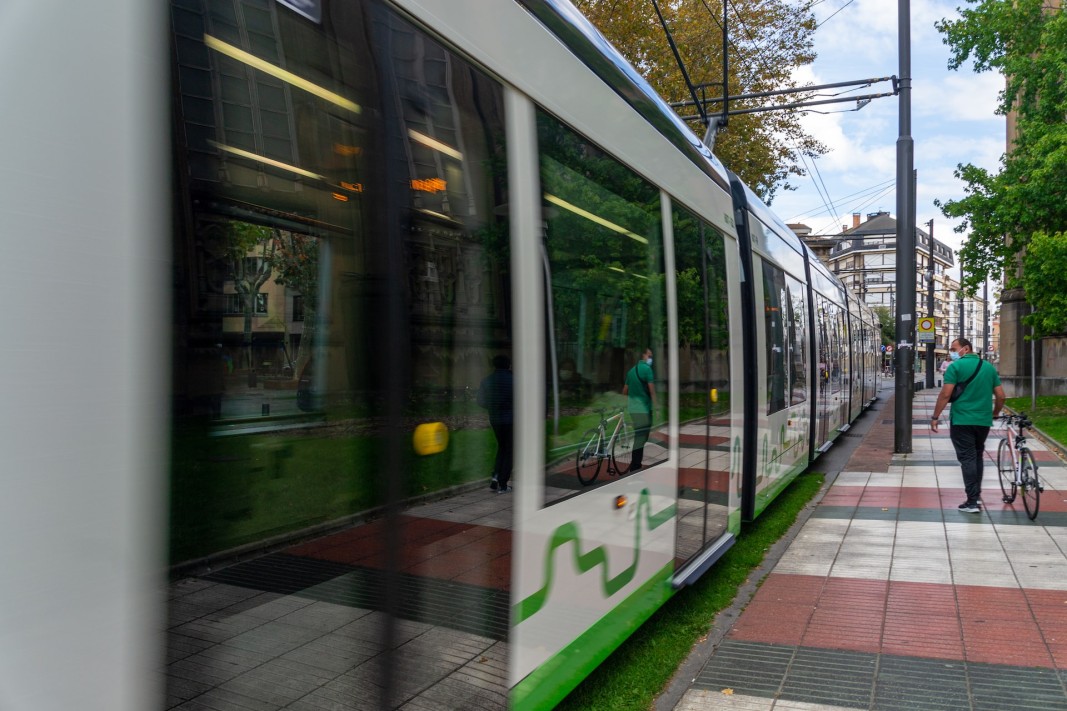
Source, bnr [14]
Get in Touch with Us!
We’d love to hear from you. Whether you have feedback, suggestions, or want to share insights related to sustainability and environmental truth, your voice matters. At Earth Athenaeum, we believe in open dialogue and collaboration to uncover and explore the realities behind green initiatives and corporate claims.
If you have questions, ideas, or simply want to connect, feel free to reach out — we’re here to engage, listen, and learn together.
